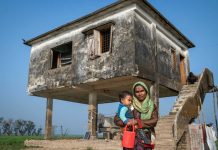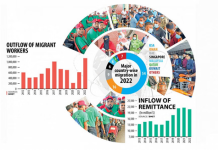Development and transformed rural landscapes in Bangladesh:
The knowledge gap in ‘new rural’
Many associate development with the growth of cities and transformation of the urban landscape. However, this is too narrow a view. Development is equally relevant for the rural regions. The relative absence of rural issues in national discourses over the preceding two decades is quite striking.
There was a time in the 1970s, 1980s and even the 1990s when rural dominated our research interest. Some interest is still there, but nowhere near as before. The discourse around development is incomplete if our focus remains fixed on urban transformation, ignoring the transforming rural landscape.
A new reality has emerged which I am terming as ‘new rural’. A severe knowledge gap prevails in our imagination vis-à-vis this new rural. Here I reflect on some key issues where our knowledge is lacking.
Evolving production relations
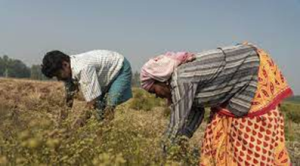
Courtesy: Australian Centre for International Agricultural Research
There was a time when rural and agriculture were inter-changeable concepts. Whenever we imagined villages, images of agriculture floated up. However, our anecdotal realizations hint that today’s transformed villages and agriculture are no longer synonymous
realities. Where exactly are the differences? Here the knowledge gap is acute. A key element of rural transformation is agriculture. There have been research on agricultural transformation, for example agricultural mechanization; also on crops, horticulture, fisheries, rice, etc. However, a holistic understanding has been missing. For example, how do these transformations in productive activities relate to relations of production?
Earlier, rural class structure revolved around matabbor (মাতব্বর), morol (মোড়ল), jotedar (জোতদার), petty peasant, landless, etc. There have been major changes in rural class structure since Bangladesh emerged as an independent country, and more rapidly since the 1990s.
However, there has been little new research in this area. For example, how has the class structure evolved and transformed in the villages of today?
Frontiers of agricultural transformation
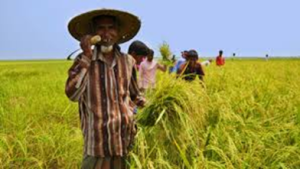
A key driver of agricultural transformation has been spread of high-yielding varieties. Many features of rural transformation are tied up with this. New seed varieties, chemical fertiliser, multiple cropping, sub-sectors such as horticulture, fisheries, livestock, etc. have driven the transformation in agriculture.The transformation of agriculture began from the east. Meghna-Dhonagada and Chandpur Irrigation Projects gave a big push to crop production in the 1970s. Akhter Hameed Khan’s home-grown Comilla Model played an important role in this first phase transformation of agriculture.
The next transformation frontier was in the north which saw a big push on boro (বোরো) cultivation through groundwater irrigation using deep tube wells. This led to major changes in agriculture in the northern districts. Now the new agricultural frontier lies in the south-western districts from Bhola to Barishal; from Khulna to Jashore, etc. Padma bridge has opened new possibilities. We wait to see which model of agricultural expansion will occur in this new frontier.
Green revolution, commercial farming and peasants
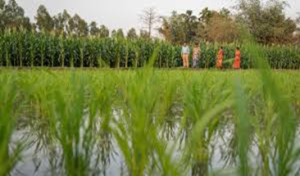
Courtesy: Australian Centre for International Agricultural Research
The transformation of traditional agriculture in Bangladesh is usually referred to as the green revolution, a first wave driven by surface water-based irrigation and a second by groundwater-based irrigation. It is not yet clear what type of technologies will drive agricultural transformation in its new south-western frontier.
In the earlier waves of the green revolution, small peasantry managed to survive and even prosper. They were an integral partner in the green revolution process. Now there is corporate inroads into agriculture. Urban realities are intruding into rural spaces, where the non-farm is as much a rural realty as the farm.
What is the future of the small peasantry in such transforming realities? Bangladesh has always been a land of small peasants. Perhaps still so. But what is their future now? There is a glaring knowledge gap in understanding that.
Technology and innovation
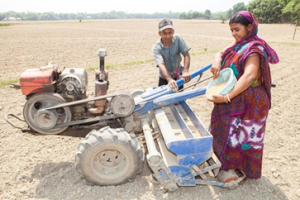
Courtesy: CIMMYT
It is a striking feature of Bangladesh’s developmental journey that the largely illiterate peasantry readily embraced technology. Through rapid adoption of new technologies, these farmers, many lacking in formal education, really drove agricultural transformation.
Such inventiveness did not stop with technology only. In Daudkandi in the Comilla region, I have seen the spread of new organizational forms quite foreign to traditional agriculture, namely a shareholding company model to develop floodplain fisheries.
When these low-lying lands go under water during monsoons, there are no ails (আইল) – plot boundaries. So how do they pursue collective fishing? What do such changes in relations of production signify?
Micro credit and non-farm activities
Rural transformation also gained momentum through expansion of non-farm activities. Microcredit played a big role in this. The economics of such activities are well-known though less so on their welfare impacts. But what have been the social impacts of the spread of the non-farm?

Courtesy: The Business Standard (Dhaka)
Rural transportation too has seen a sea of changes with both passenger and goods transportation seeing explosive growth. Number of shops and rural marketplaces have sprouted everywhere. Rural consumers are major new customers of urban goods. The economic base of the rural family is a changed reality.
How will we characterize a family who does some agriculture, some non-farm, owns some rural land but also has some property in urban areas? How do such realities fit into our traditional models of class differentiation? Are there winners and losers in the process?
Remittance dynamics
There is also a knowledge gap on the remittance dynamics. Remittance destinations are more in rural areas. How has rural life been transformed by such remittance inflows?
Community centres have emerged in the rural landscape. So have beauty parlours, tailors for up-to-date fashions, restaurant centres, even dating places. Rapid expansion of such consumer demand has its economic aspects but little is known on the social and psychological aspects of these changes.
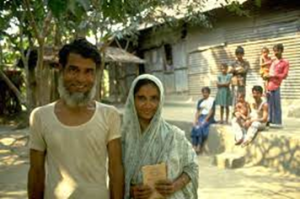
Courtesy: IFAD
Vanishing rural-urban boundaries and aspirations
There was a time when there were distinct divides between urban and rural realities. But such boundaries are rapidly dissolving. We need new analytical frameworks to describe rural and urban, mofussil (semi-urban) and metropolitan. We need better understanding of growth of urban centres and spread of urban demand in rural centres.
Village is now connected to the external world. But this connection is being driven by consumption aspirations mainly. The same cannot be said for the spread of a global citizen mindset or responsible behavioural norms.
The family head of a rural household maybe working abroad, but he/she now has new aspiration for their children in the village to go for English-medium education. Families are choosing certain development symbols, hoping that these will be the ladders for upward progress. So, kindergartens are sprouting up. Their names maybe English-sounding, but are there competent teachers in such institutions?
Clearly, villages are brimming with new aspirations but how well are the returns they are getting from their expenditures on ‘modern’ services in education, health, skills, etc?
The alarming rise in the educated unemployment is but one area of concern in this regard. The kaleidoscope of changes is in all directions, but knowledge gaps in making sense of these is equally glaring. Dress codes have changed beyond recognition. But child marriages too have gone up. What then are we to make of the social norms that are emerging?
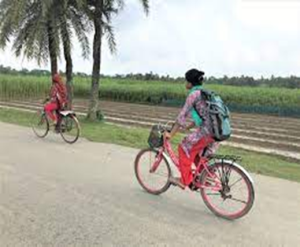
Courtesy: The Daily Star (Dhaka)
Power relations
How is power to be understood in the ‘new rural’? What are the new power centres in the villages? Before, influential landed and educated middle class occupied these power spaces. Now politics and State have become central to rural power dynamics. The long shadow of police hovers over these spaces as never before.
One important research enquiry can be types and nature of conflicts in today’s new rural. Conflict analysis can shed light on the reality of power dynamics. A moot question here is, why does a union parishad election now entail expenditures in the crores (hundreds of millions). These are urgent questions for sociological research.
We need better understanding of women’s story too. Women have been central to Bangladesh’s development journey. But have they reaped the benefits of it? And what to make of changes in the cultural life in the ‘new rural’?
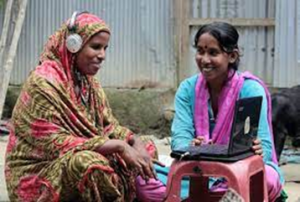
Courtesy: The Daily Star (Dhaka)
Centrality of village and new rural
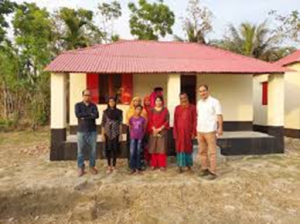
Village has always been ‘home’, place of rebirth and regeneration. Village and home – ‘bari’ (বাড়ি) – are till used interchangeably in the Bangla language. When Covid appeared to have made existence itself uncertain, many retreated to the village as their go-to refuge. This means the village – and perhaps the mofussil – continues to occupy our imagination, particularly as a psychological refuge. Despite rapid urbanization, our cities are yet to win such a status in the collective imagination. New rural will be a critical player in the next chapter of Bangladesh’s transformation. That is why a new research drive is such an urgent necessity with a priority on listening. Imposing development models bureaucratically and from the top cannot garner the potential that is waiting to be unleashed in the new rural.
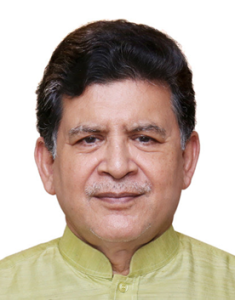
Combining Masters and Ph.D degrees in economics and political sociology from the University of Dhaka and University of Manchester respectively , Hossain Zillur Rahman is Founder-Chair of Dhaka-based Power and Participation Research Centre (PPRC) and chairperson of BRAC. He has held multiple policy positions and written extensively on poverty, social protection, governance, growth dynamics, urbanization, SDGs and sociology of development.



